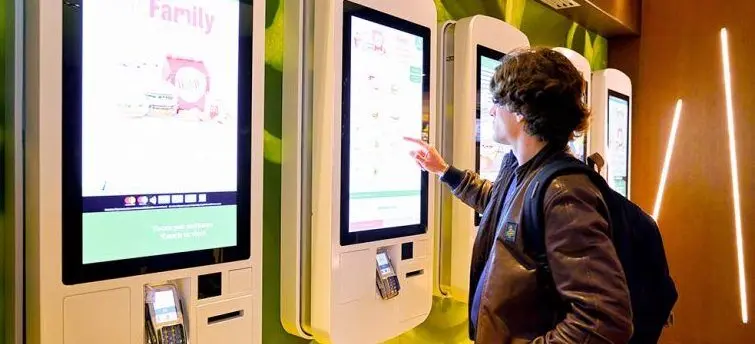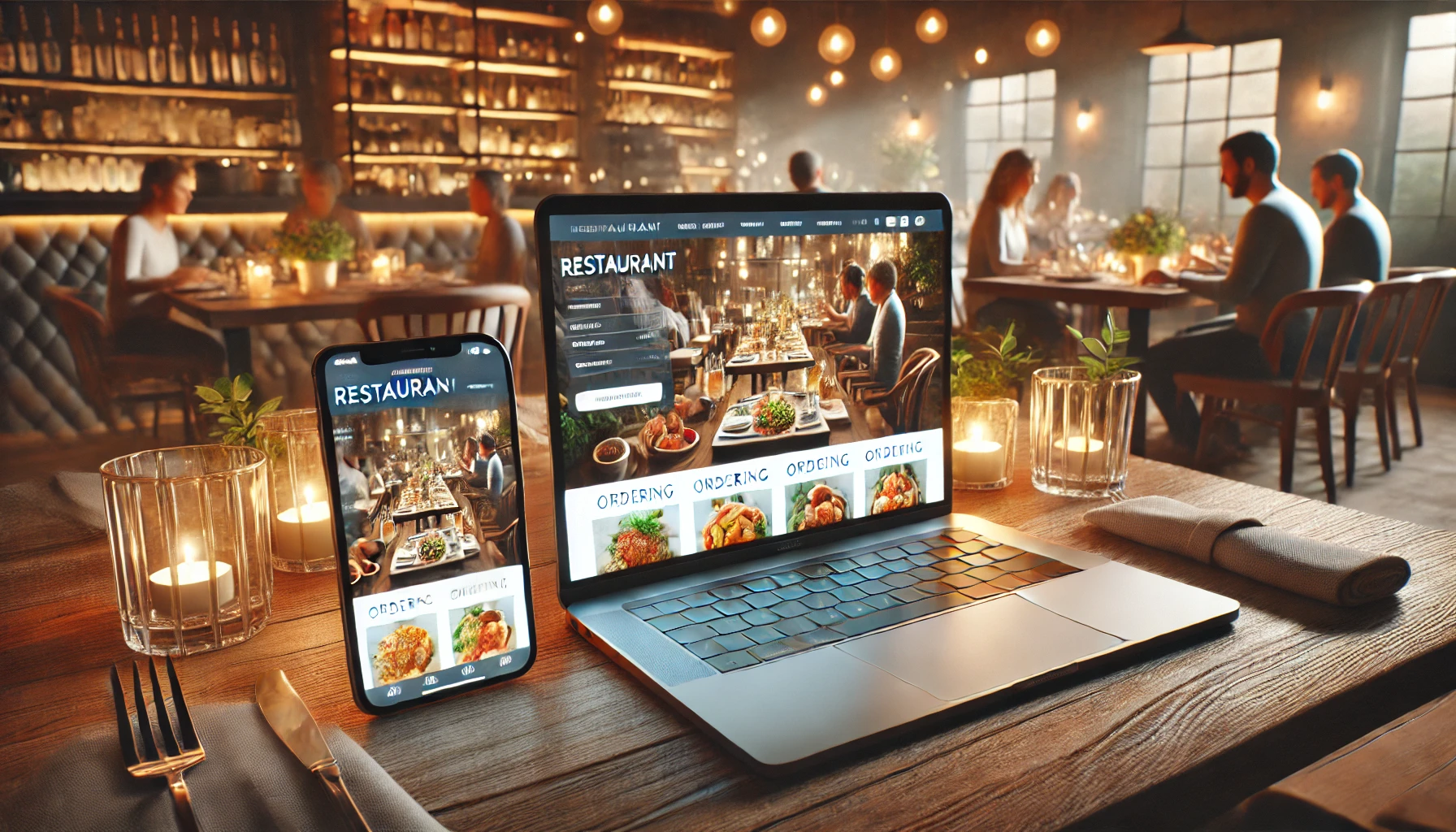In the rapidly evolving landscape of the restaurant industry, innovation is the key to success. Amidst the aroma of delectable dishes and the hum of bustling customers, technology has emerged as a formidable ally for restaurateurs. Two technological marvels that have taken the dining experience to new heights are Point-of-Sale (POS) systems and Self-Ordering Kiosks. These transformative tools have not only redefined the way orders are placed and processed but have also ushered in a new era of customer engagement and operational efficiency.
Imagine a scenario where customers seamlessly interact with advanced touchscreens to place their orders, customize their preferences, and even settle payments, all without the need for extensive wait times or human intermediaries. Picture a restaurant manager effortlessly overseeing reservations, managing inventory, and crafting targeted marketing campaigns, all from a single, centralized platform. These are not scenes from a distant future; they are the realities that POS systems and Self-Ordering Kiosks bring to the table today.
From cozy cafes to bustling bistros, these technological wonders have woven themselves into the fabric of dining establishments, reshaping not only how customers experience dining but also how businesses thrive in a competitive landscape. Join us as we embark on a journey to explore the intricate workings, benefits, and considerations of these technological marvels—POS systems and Self-Ordering Kiosks. By the end of this article, you’ll be equipped with the insights needed to make an informed choice: Which path should your restaurant take in the age-old debate of POS System Vs Self-Ordering Kiosk: Which One You Should Choose?
POS System Vs Self Ordering Kiosk: A Detailed Comparison
Exploring POS System
POS systems, or Point of Sale systems, are comprehensive software solutions designed to manage various aspects of a business, from sales processing to inventory management. These systems offer a centralized hub for transactions, making it easier for businesses to process payments, track sales, and manage inventory levels seamlessly.

Benefits of POS Systems
Smooth Transactions: A seamless dining experience is vital, and POS systems excel at ensuring smooth transactions. With their user-friendly interfaces, these systems facilitate quick and efficient order processing, reducing wait times and increasing customer satisfaction.
Ordering & Payment App Integration: Integrating ordering and payment apps with POS systems enhances convenience for both customers and staff. This integration minimizes errors and expedites order fulfillment, leading to higher customer loyalty.
Order and Reservation Management: Efficient order and reservation management are essential for maintaining restaurant operations. POS systems offer real-time updates on available tables, reservations, and order status, aiding staff in providing personalized service.
CRM Integration: Customer relationship management (CRM) is pivotal for any business. POS systems collect data on customer preferences and behaviors, enabling personalized service and targeted marketing campaigns, thereby nurturing customer loyalty.
Cashbook Management: POS systems simplify financial management by automating cashbook updates. This streamlines accounting processes, reduces errors, and ensures accurate financial records.
Sales Tracking: Detailed sales reports generated by POS systems offer insights into top-selling items, enabling informed business decisions.
Read more: Why Does Your Restaurant Need Cloud POS System?
Self-Ordering Kiosks: A Modern Approach
Self-ordering kiosks are interactive touch-screen devices that allow customers to place orders, customize meals, and make payments independently. These kiosks are commonly used in the food industry but are expanding into other sectors as well.

Benefits of Self-Ordering Kiosks
Fast Ordering: Self-Ordering Kiosks expedite the ordering process significantly. Customers can browse the menu, customize their orders, and make payments directly, reducing the time they spend waiting for a server.
Reduce Labor Cost: Labor costs constitute a significant portion of a restaurant’s expenses. Self-ordering kiosks minimize the need for dedicated order-taking staff, leading to substantial cost savings in the long run.
Order Accuracy: Miscommunication between customers and servers can result in order inaccuracies. Self-ordering kiosks eliminate this issue, as customers input their preferences directly, ensuring precision in their orders.
Reduce Wait Times: Long waiting times can deter customers from returning. Self-ordering kiosks expedite the entire dining process, reducing overall wait times and enhancing the dining experience.
Upselling Opportunities: Self-ordering kiosks are adept at suggesting additional items based on a customer’s selections, effectively driving upselling and increasing average order values.
Enhance Customer Experience: Kiosks empower customers to place orders at their own pace, reducing waiting times and minimizing order errors.
Which One You Should Choose for Your Restaurant?
Deciding between a POS system and a self-ordering kiosk depends on various factors such as the type of restaurant, customer preferences, budget, and operational goals.
For a full-service restaurant aiming for personalized service and effective CRM, a POS system would be a more suitable choice. The integration of reservation management and cashbook features further solidifies its position.
On the other hand, quick-service restaurants or those looking to streamline their operations and cut labor costs could greatly benefit from self-ordering kiosks. These kiosks cater to the fast-paced nature of such establishments and provide enhanced order accuracy.
Conclusion
In the ever-evolving restaurant industry, embracing technology is pivotal. Both POS systems and self-ordering kiosks offer unique advantages that can significantly impact customer experience, operational efficiency, and profitability. Assess your restaurant’s specific needs and goals before making your decision. Whether you opt for the seamless transactions and robust management capabilities of a POS system or the speed, accuracy, and reduced labor costs offered by self-ordering kiosks, your choice will undoubtedly shape the future success of your restaurant.
Looking for Cloud POS System for your Restaurant? Contact team Fleksa for a FREE DEMO!






